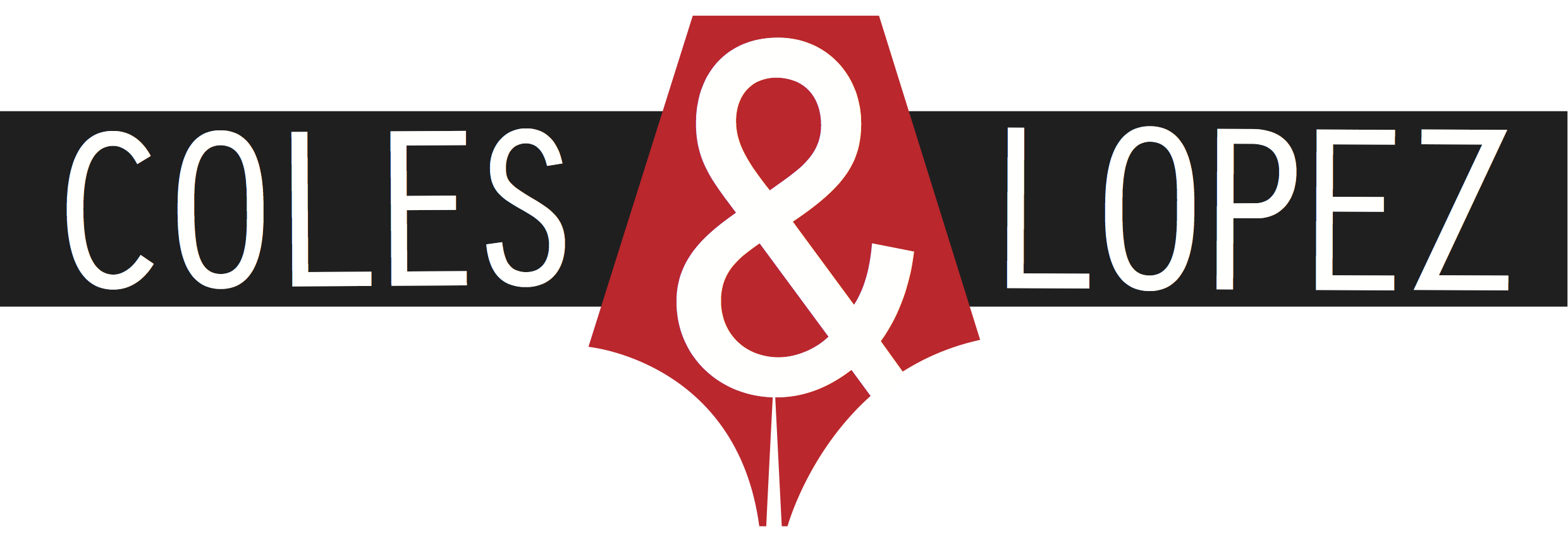Omission accomplished
Let’s kick off with a little quiz. Here are five sentences. The asterisks show the spots where apostrophes should go. Your task is to decide, in each case, whether to use a left-facing apostrophe or a right-facing apostrophe:
’ ‘
(1) Played it *til my fingers bled.
(2) Was the summer of *69.
(3) Ain*t no use in complainin*.
(4) Standin* on your mama*s porch.
(5) I guess nothin* can last forever.
Scroll down for answers …
Answer: I tricked ya! Sorry. But there’s no such thing as a “right-facing apostrophe”. This is an apostrophe (and the thing that belongs in all seven spots in my fake quiz):
’
These is a single opening quotation mark:
‘
It looks very similar to an apostrophe, and that’s one reason people sometimes confuse the two.
The other reason is that computers, for all their charms, aren’t very good at using apostrophes. If you’re using an apostrophe at the beginning of a word, as in ’til or ’69, the computer thinks you’re starting a quotation, and so it gives you a single quotation mark instead.
When this happens, the easiest (albeit still annoying) solution is to write an apostrophe in the middle or at the end of the word and then cut-and-paste it to the beginning.
When do we use apostrophes?
If the apostrophe were a human, it would have a day job (say, barista), a night job (say, security guard) and a third thing that could only loosely be called a “job” (say, bank robber).
In other words, the apostrophe does two things that are completely legit and above board, and a third that’s mostly considered wrong.
The two socially acceptable jobs are these:
(1) Showing omission (missing letters or numbers): until becomes ’til, 1969 becomes ’69, is not becomes isn’t (or the slangy ain’t) and complaining becomes complainin’.
(2) Showing possession: the porch belonging to your mama is your mama’s porch.
The third, shadier, job is showing a plural.
It’s always, always wrong to use an apostrophe like this: Those were the best day’s of my life. That kind of error is rudely called the “greengrocer’s apostrophe”, because it often crops up in shop signs: apple’s, banana’s, potato’s, etc.
But there are a few situations in which you might be able to get away with using an apostrophe to show a plural:
(1) Single letters: Mind your P’s and Q’s; Dot the i’s and cross the t’s.
(2) Symbols: Replace all the &’s in the document with the word “and”.
(3) Numbers: At 6’s and 7’s; Bryan Adams performed “Summer of ’69” 1000’s of times in the 1980’s and ’90’s.
Most style guides prohibit this usage; some allow it. American English tends to be more open to it than British English.
Personally, I don’t use apostrophes to make plurals unless it’s absolutely necessary to avoid confusion. Mind your Ps and Qs, &s, 6s and 7s, 1000s and 1980s are all fine without an apostrophe. I would, however, use one for Dot the i’s and cross the t’s, because otherwise i’s could mistakenly be read as the word is.
In a nutshell
This is an apostrophe. Apostrophes are used to show omission and possession (and, according to some style guides, pluralisation of letters, symbols or numbers):
’
Be careful not to let your computer trick you into using this, a single opening quotation mark, in place of an apostrophe:

